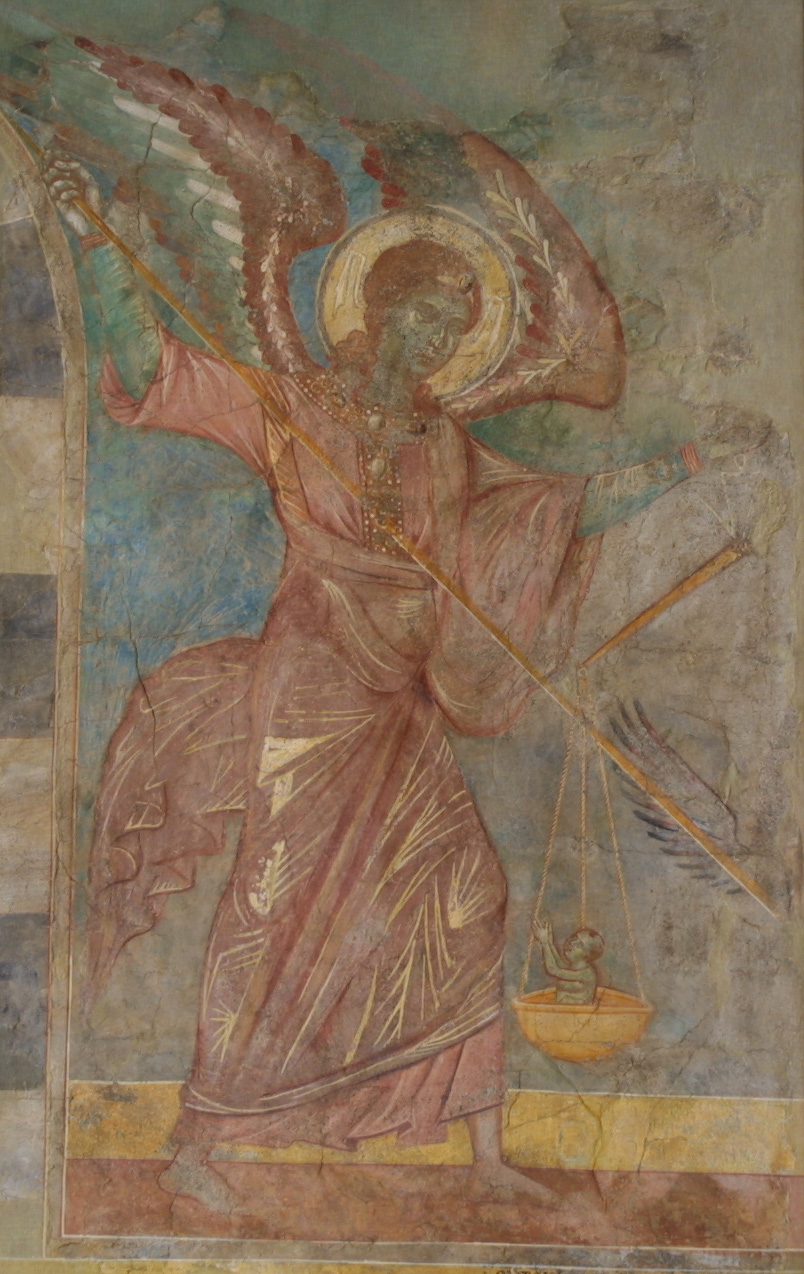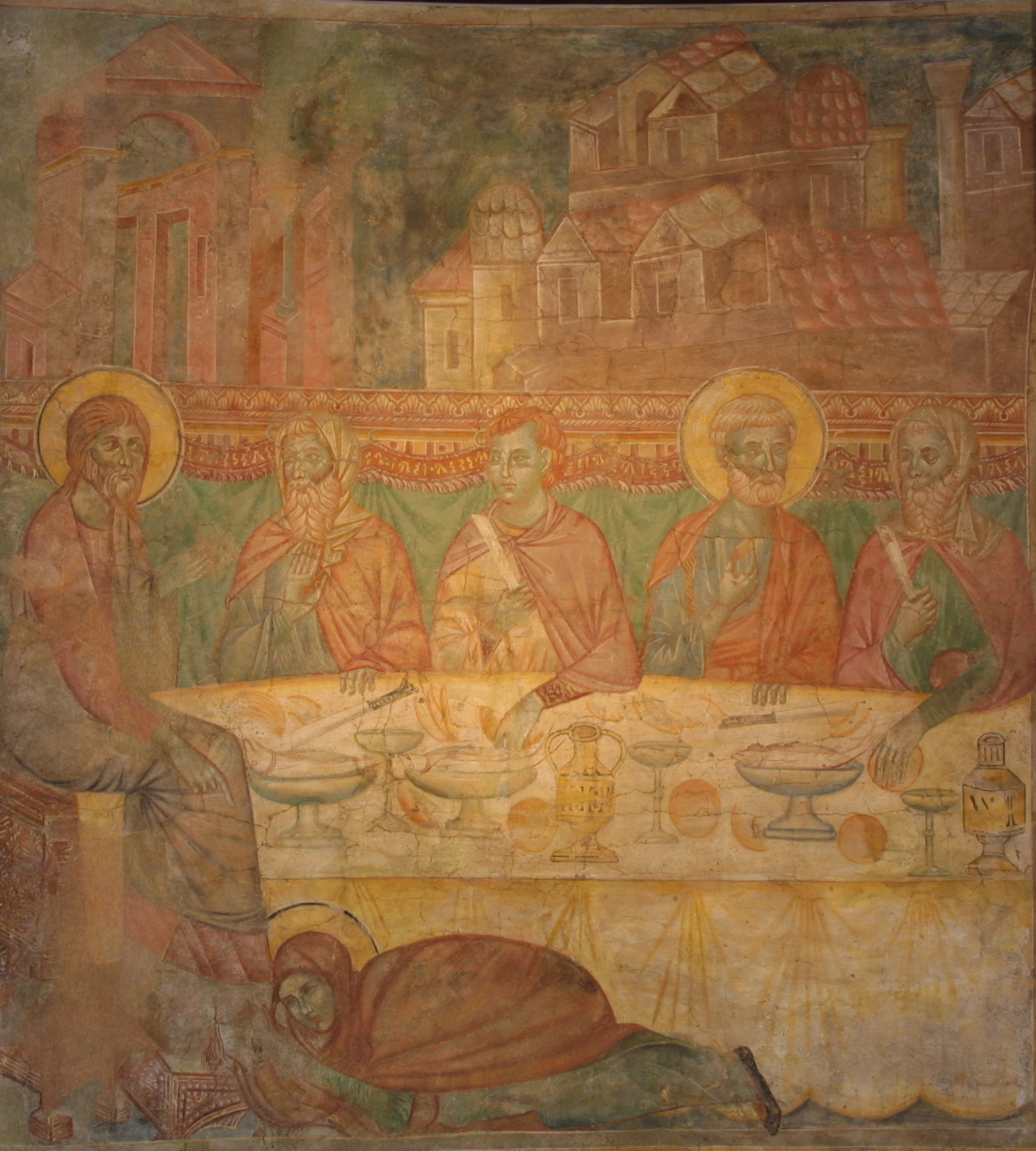Click here to view image
Altare di Santa Maria della Pace -Trittico con Madonna della Cintola e Santi
Arte dell'Italia Centrale
MSA 256
Unità di misura: cm; Altezza: 195; Larghezza: 238; Profondità: 16
marmo scolpito e dipinto
Framed in an elaborate structure reminiscent of the wooden frames of polyptychs of the time, this composition, in purely Lombard style, is characterised by having almost entirely preserved its original colouring. In particular, note how the central Madonna, dressed in blue, is surrounded by angels dressed in the colours of the theological virtues: red for faith, green for hope, white for charity. The figures are inspired by northern Gothic, while the decoration, with its elegant carved woodwork, shows inspiration from painted polyptychs.






